Along the riverside we go: A ‘Biyahe ni Drew’ itinerary in Cagayan Valley

In the northeastern part of the archipelago lies the Cagayan River, the longest and widest river in the Philippines, rightfully tagged also as the Rio Grande de Cagayan because of, well, its proportions.
Cagayan River has a length of 505-kilometers that starts from the grand mountains of Sierra Madre and flows up north to Aparri, seeping out the Babuyan Channels.
This week, as “Biyahe ni Drew” goes along the border of the shell-filled riverside and unearths the rich history behind the Cagayanons’ way of living, it turns out that the Cagayan River is surprisingly more than what the eyes can see.
How to get there:
In order to reach Cagayan Valley, travelers can either fly or travel by land to the province of Tuguegarao, leaving it the preferred “entry point” of visitors coming from Manila. Flights are more advisable as it only take less than a couple of hours while land travels are, as expected, exhaustingly long and stretching to approximately 11 hours.
What to do:
Fill your taste buds with Cagayanon dishes

Traveling is never complete without sitting down to fill one’s tummy. Here in Cagayan, their dishes are almost always highlighted by shellfishes. If you like veggies, you’ll definitely love the Ibanag Salad, it is a mix of shellfish and steamed vegetables like okra, eggplant, alugbati, bitter gourd, seaweeds, camote leaves, mangoes and atchara.
But if you are also craving for something out of the ordinary, then try their Baked Kagwo; cheese, herbs and other spices are baked with the shells, infusing the flavors.
If your tummies can still accommodate extra food, make sure to try other dishes like the Carabao beef tapa, Sinanta and Unnok. These are all easy to find as they are usually available in restaurants.
But wait, how can one forget to try local desserts? Cagayan’s sweet treats like Pinakuku, fried malagkit rice wrapped in sugar and Binalay, their own version of ‘palitaw’ topped with latik, can be eaten as dessert after meals or even during merienda. They also have their own version of tinupig, a popular coconut dish made with glutenous rice flour and can be found in almost every province in the Philippines.
Visit Lal-lo and go back in history
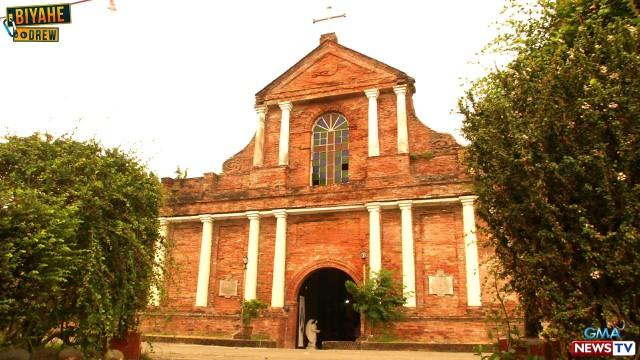
Lal-lo in Cagayan is a well-known place in Philippine history especially during the Spanish era. During that time, although the Magapit suspension bridge was still non-existent, it was still easy for the Spaniards to seize the place by using the Cagayan River as their entry point. By then, it became Nueva Segovia, one of the four main cities during the said era.
Out of the three churches built under the Spanish regime, only the Sto. Domingo Parish Church is left standing. Here lies the remains of Bishop Miguel de Benavides, Lal-lo’s first ever bishop and the founder of University of Sto. Tomas.
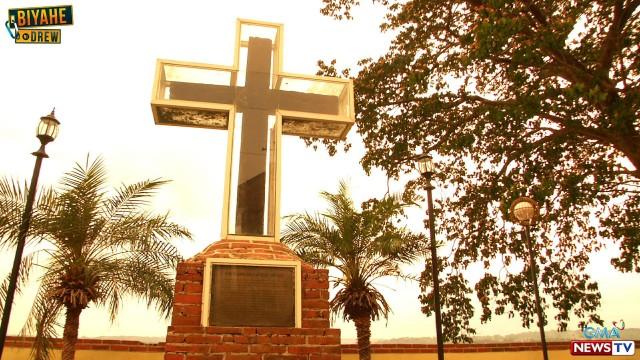
Three hundred years ago, the Evangelization Cross was brought by the missionaries and was erected near the Cagayan Riverside. It is another reminder of the influence of the Spaniards in our country.
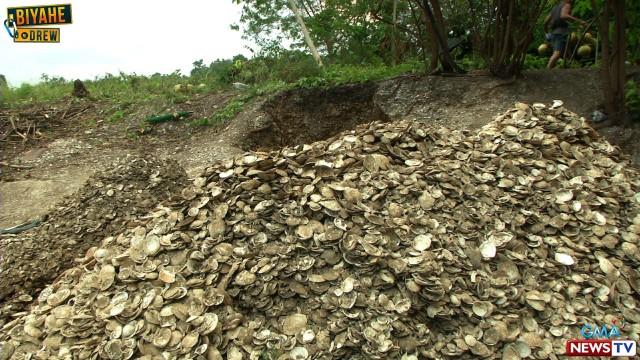
Meanwhile, if you want to explore another period in our history, go to the Shell Midden site where shells believed to be food waste of our ancestors are preserved. As a matter of fact, beneath the ground is where the Philippine Adam (also known as the Callao Man, named after the Callao Cave) was found. It is believed to have lived on the riverside 72,000 years ago and older than Palawan’s Tabon Man, aging around 16,500 years old.
With this, locals and experts alike believe that the existence of the Shell Midden site is a reflection of how the Cagayanon ancestors lived their lives; they were mainly depending on whatever the river has to offer as these shells were said to be the food waste of their ancestors.
Try the Tabako cave adventure and swim in the mini-falls of Baggao
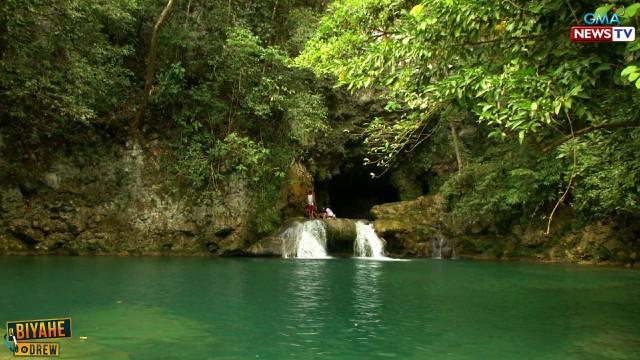
You can’t end the trip without some nature-tripping. Regardless if you’re into adventure or not, as long as you’re willing to walk and sweat for an hour, this is an activity tailored for you.
In Baggao, you will be greeted by a mini-falls and lagoon. Behind the falls lies the mouth of the Baggao cave where the adventure starts. Before entering, you are required to wear a life vest as there are parts inside the cave where the water current is strong and the water levels are deep. Your safety must always come first, Biyaheros!
Another cave system is the Tabako Cave in Sta. Teresita, which has a total of three chambers. Inside Tabako are naturally formed rocks in different shapes and sizes. Because of the abundance of crystallized stalactites, a crystal room was formed; this abundance is a constructive proof that the cave is still a ‘living one.’
Take home a locally-made bolo with you
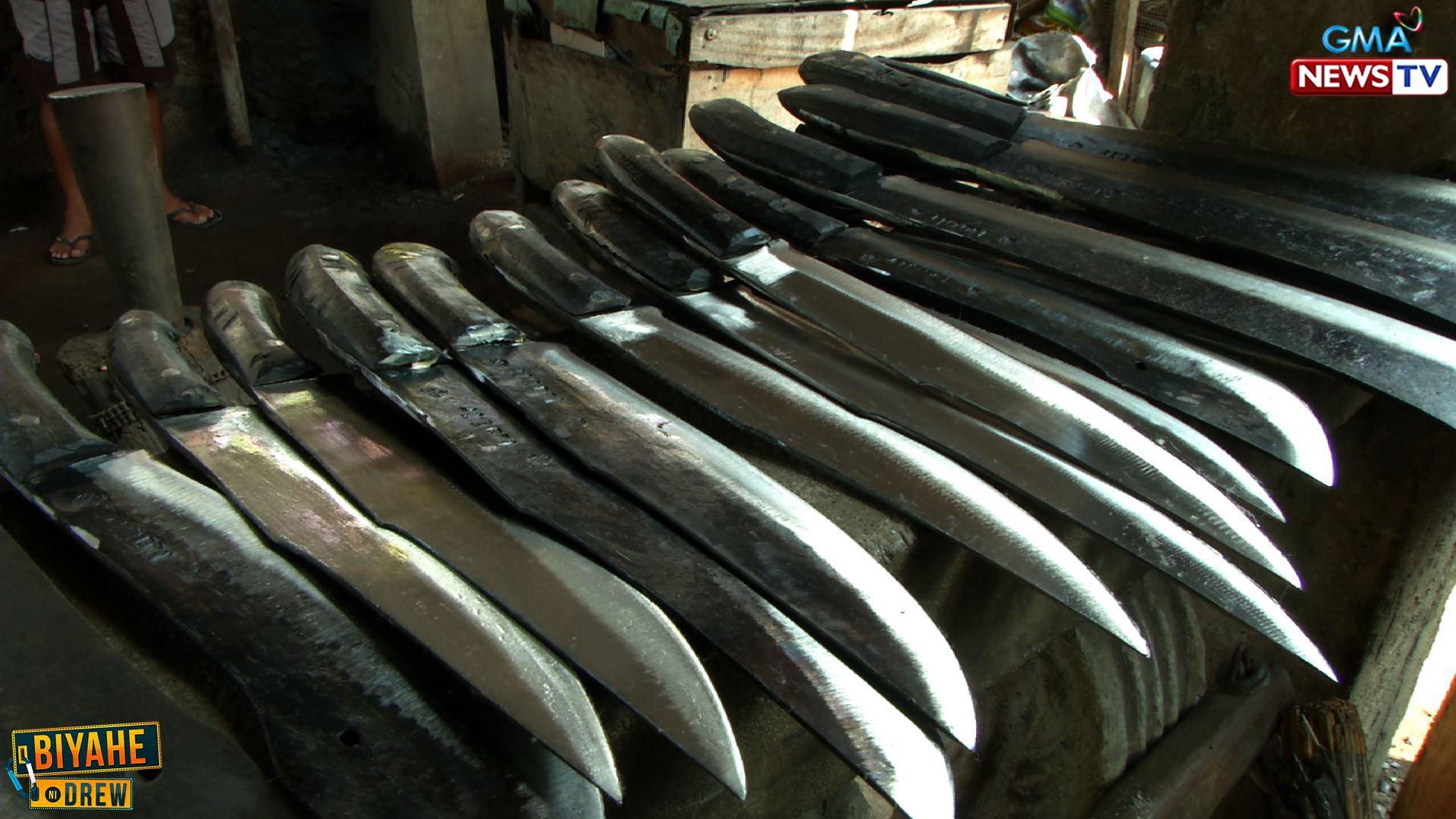
More than the popular river, Cagayan is also known as the home to the best blacksmiths in the country. They make knives of all kinds and sizes, one of which is the bolo knife, a long heavy tool with a one sided edge that comes close to a machete.
Some of their knives are made of molye or leaf spring. Yes, you got it right biyahero, these leaf springs are same as the one found on the wheels of our vehicles. In order to produce the best daggers, they also have to use the best coals as this equates to the higher possibility of providing better heat to melt these leaf springs.
Believe it or not, these blades are souvenir must-haves, so if you pass by the area, don’t miss the chance to observe how the Cagayano blacksmiths mold the metals into sharp and deadly masterpieces that you can take home with you.
Suffice to say, Cagayan Valley has so much more to show than what only meets the eye. Beyond the historic Cagayan river that exudes its own beauty, are the local activities every tourist can enjoy and beautiful sceneries to feast your eyes on!---Sarah Jean Sarte/BMS, GMA Public Affairs




